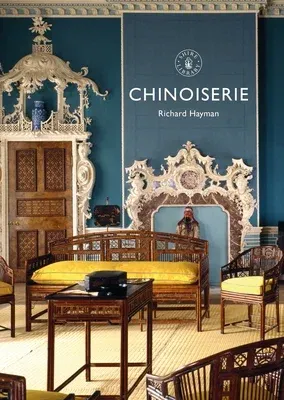Richard Hayman
(Author)ChinoiseriePaperback, 21 September 2021

Qty
1
Turbo
Ships in 2 - 3 days
Only 4 left
Free Delivery
Cash on Delivery
15 Days
Free Returns
Secure Checkout

Part of Series
Shire Library
Print Length
64 pages
Language
English
Publisher
Shire Publications
Date Published
21 Sep 2021
ISBN-10
1784424641
ISBN-13
9781784424640
Description
Product Details
Author:
Book Format:
Paperback
Country of Origin:
US
Date Published:
21 September 2021
Dimensions:
20.83 x
14.22 x
0.76 cm
ISBN-10:
1784424641
ISBN-13:
9781784424640
Language:
English
Location:
New York
Pages:
64
Publisher:
Series:
Weight:
136.08 gm